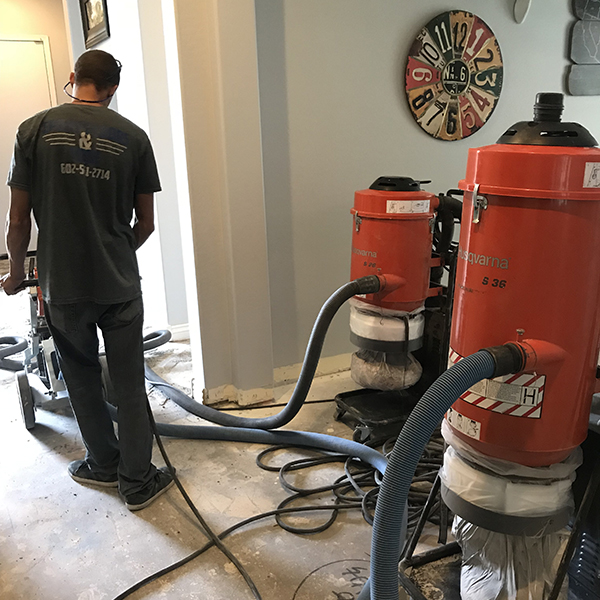
What is Dust?
What is Dust?
Dust is made up of small solid matter particles. On Earth, it mostly consists of particles in the atmosphere that originate from a variety of causes, including wind-lifted soil (an aeolian process), volcanic eruptions, and pollution. Dust in houses contains around 20–50% dead skin cells. The remainder, as well as in offices and other human environments, is made up of small amounts of plant pollen, human hair, animal fur, textile fibers, paper fibers, minerals from outdoor soil, burnt meteorite particles, and a variety of other materials that may be found in the local environment.
Atmospheric or wind-borne fugitive dust, also known as aeolian dust, originates in arid and dry areas where high-velocity winds may remove predominantly silt-sized particles, deflating vulnerable surfaces. This includes regions where grazing, plowing, car usage, and other human activities have further destabilized the ground, albeit not all source areas have been significantly impacted by anthropogenic influences. Dust-producing surfaces span one-third of the worldwide land area, with hyper-arid areas like the Sahara covering 0.9 billion hectares and drylands covering 5.2 billion hectares.
Dust is formed in the atmosphere by saltation and abrasive sandblasting of sand-sized grains, and it is carried through the troposphere. This flying dust is classified as an aerosol, and once in the atmosphere, it may provide significant local radiative forcing. Saharan dust, in example, may be carried and deposited as far as the Caribbean and the Amazon basin, where it can influence air temperatures, cause ocean cooling, and change rainfall levels.
The suppression of solid particles with sizes smaller than 500 micrometers is referred to as dust control (i.e. half a millimeter). Dust is hazardous to the health of children, the elderly, and those suffering from respiratory ailments.
House dust may readily become airborne. When removing dust, exercise caution to prevent allowing the particles to become airborne. A feather duster agitates the dust, causing it to fall somewhere else.
At 0.3 micrometers, certified HEPA (tested to MIL STD 282) can efficiently trap 99.97 percent of dust. While vacuum cleaners with HEPA filters, water, or cyclones may filter more efficiently than those without, they may still exhaust millions of particles every cubic foot of air cycled. Central vacuum cleaners may be quite successful in removing dust, especially if they are vented directly to the outside.
The efficacy of air filters varies substantially. Medical grade laser particle counters can test for particles as fine as 0.3 micrometers, making them an excellent technique to monitor filter efficacy. There are a number of ways for testing for dust in the air. For respirable dust, pre-weighed and matched weight filters composed of polyvinyl chloride or mixed cellulose ester are appropriate (less than 10 micrometers in diameter).

